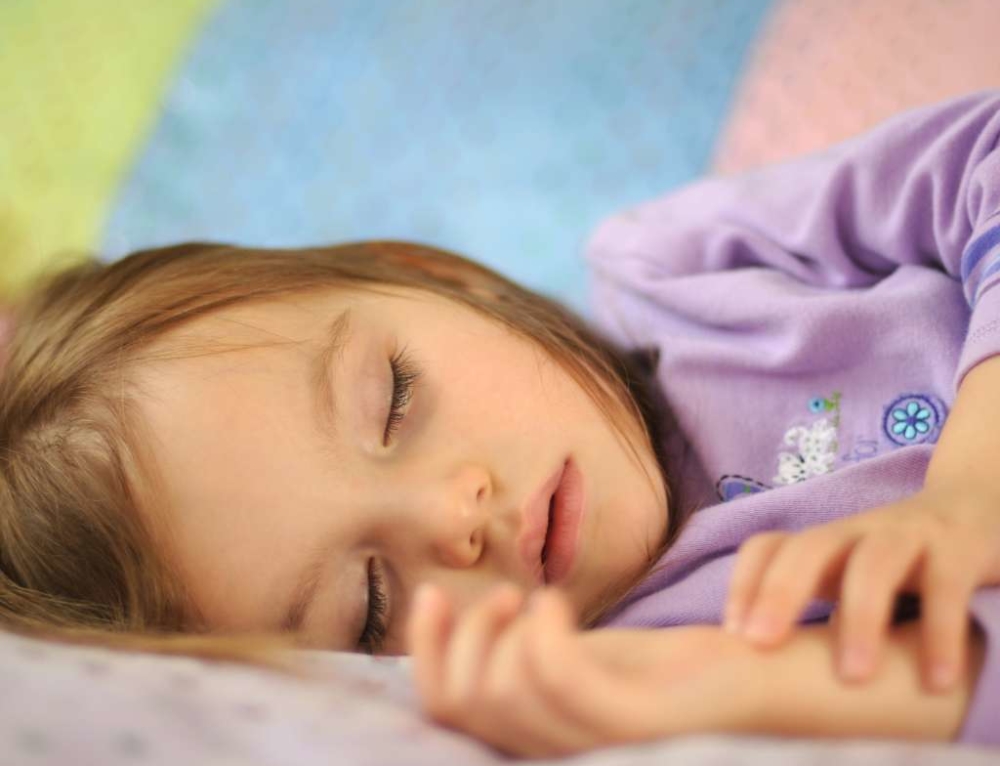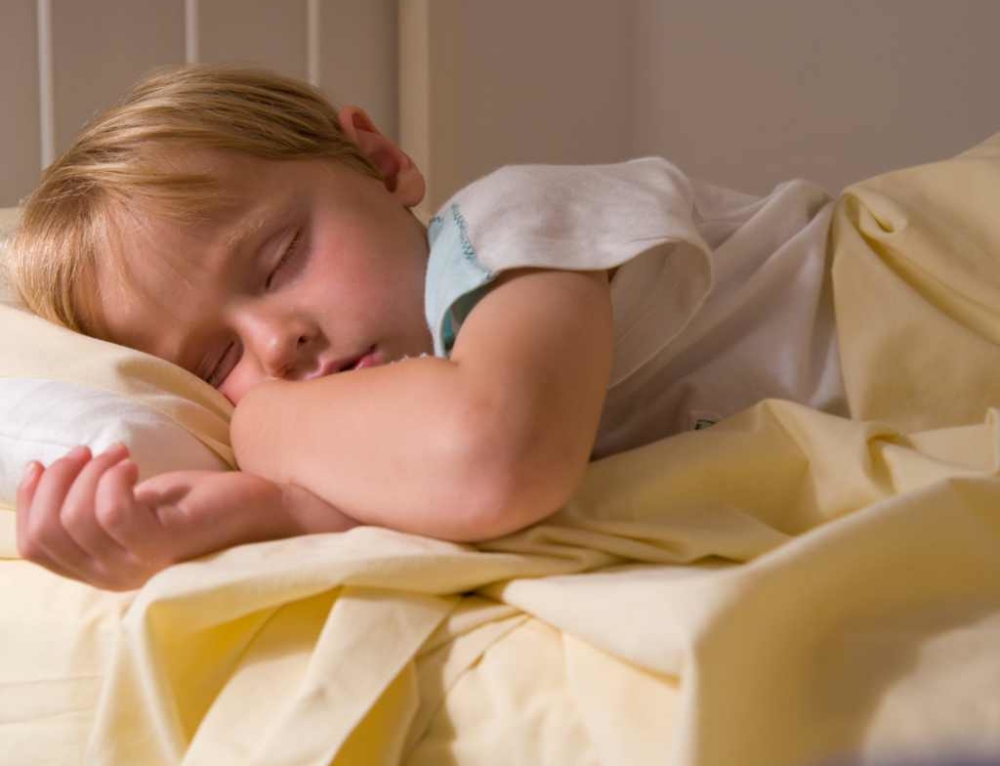Caring for sick kids can be very stressful, particularly if they are experiencing pain due to fever, toothache, ear ache or any of the many other common childhood illnesses that can cause discomfort.
Learning when to give pain relief and how to identify the analgesic you should use to address your unwell child’s specific symptoms will not only keep your child calmer, but it will also give you confidence in your ability to properly care for your sick child.
Pain relief and analgesics
The term analgesic describes any medicine that is taken to relieve pain. Also known as painkillers, analgesics do nothing to address the symptoms of pain, instead, they mask it to give temporary relief to the sufferer.
When to give pain relief
Knowing when to give pain relief can be difficult, particularly if you have a young child who is unable to tell you how he is feeling or to describe his symptoms. While every twinge and whinge doesn’t require an analgesic, generally symptoms that indicate your child is not well include:
- Drowsiness
- Irritability
- Crying
- Fever
- Rash
- Loss of appetite
- Vomiting
- Diarrhoea
When your child develops a fever, it is often the first clue parents get that their child is ill. A fever generally develops as the result of your child’s body fighting an infection, and so the appearance of a fever is not necessarily something to worry about as it’s the body’s natural reaction when fighting off infection and may even help the immune system to mature.
However, if your child’s fever or other symptoms of illness are causing him discomfort, administering an analgesic to reduce the symptoms is appropriate. Always read the label of any medicines, follow the instructions and ensure that the correct dosage is administered. Consult a doctor before giving medicines to children under 12 months of age.
Treating a fever
All children, particularly young children, have less control over their body temperature (which is why they can lose so much heat through the top of their head and require a hat during winter) and so when they become ill and develop a fever, their temperature can increase very quickly and reach dangerous heights where febrile seizures are possible. For this reason, along with the general discomfort that accompanies a fever, it is advisable to take steps to reduce your child’s fever as soon as you detect it:
- Give an appropriate analgesic in the correct dose to bring the temperature down
- Give plenty of fluids, particularly water
- Sponge the exposed skin with tepid water (cold water is usually too painful on feverish skin). Using a fan over the sponged skin will increase the cooling effect
- Don’t allow your child to become cold as this will cause shivering and shivering creates more heat in the body
- Keep your child in bed as he will need to have plenty of rest to recuperate properly
When should I take my child to the doctor?
While almost all fevers and pain in childhood are due to non-threatening illnesses that pass in a day or two, you should take your sick child to the doctor if:
- You are worried
- He is under 12 months old and has a fever
- He has a fever that continues for more than 48 hours
- He has a very high temperature – over 40º C
- He convulses
- He is getting sicker
- He is very sleepy or particularly irritable
- He has a rash
- He shows unusual symptoms including a stiff neck, vomiting, stomach pains, or skin discolouration
- He is experiencing ongoing pain, for example, stomach ache, headache or earache
- He has an injury and is experiencing pain
- He is having trouble breathing due to a cough or wheezing
- He is vomiting or isn’t able to drink
Active ingredients in pain relief
All over-the counter pain relief contain active ingredients that make them work in different ways, and so it’s best to administer a product containing an active ingredient that will specifically address your child’s symptoms.
Codeine
Codeine is an opiod analgesic and is much stronger than paracetamol so should only be used to bring relief of moderate to strong pain. It’s generally not recommended for babies under 12 months. Codeine is excellent at controlling pain associated with acute earache, dental procedures, post-operative pain, soft tissue injuries and fractures. Side effects can include drowsiness and constipation. As it is an opiod, short-term use of codeine is advisable and under your doctor’s instructions.
Asprin
Asprin is not recommended for children under 16 years as this medication in children has been linked to the rare but often fatal Reye’s syndrome. Asprin is also called ‘salicylate’ or ‘acetylsaliclic acid’ and can sometimes be found in other over-the-counter preparations, so always check with your pahamacist first before giving your kids a new analgesic.
Antihistamine
Antihistamines work to block the symptoms of allergic reactions such as skin conditions including hives and contact dermatitis, hayfever, and allergic reactions to bites and stings. Side effects of antihistamines can include drowsiness, a dry mouth and an upset tummy. The drowsiness that antihistamines can induce has historically made it popular in putting children to sleep, however in some children antihistamines can have a stimulating effect. It is never advisable to administer a drug for any other reason than to address specific symptoms.
Paracetamol
Paracetamol is particularly effective at reducing fever as well as pain associated with headaches, immunisation and tooth extractions. As there are a variety of liquid paracetamol products specifically designed for children in varying doses, it is extremely important that you always read the label to ensure you are giving the correct dose as directed.
Ibuprofen
Ibuprofen is a non-steroidal anti-inflammatory drug and pain-relieving (analgesic), anti-inflammatory and fever-relieving (antipyretic) properties. It is effective in the relief of pain associated with swelling and inflammation such as sore throats, earaches, tension headaches, strains and sprains as well as fevers, cold and flu symptoms.
Ibuprofen can be taken on an empty stomach . Do not give ibuprofen if your child may be dehydrated due to vomiting or diarrhoea. Children with asthma should only take ibuprofen after discussion with your GP. There is a range of ibuprofen suitable for children 3 months and onwards – talk to your health care professional and confirm dosage and use.
IMPORTANT!
Call the Poisons Information Centre immediately on 0800 764 766 if your child has taken more then the recommended dose of any analgesic.
Advertorial
All about Nurofen for Children
Nurofen for Children is designed for children and infants from 3 months.
It contains ibuprofen, which starts providing relief from fever in just 15 minutes*, and lasts up to 8 hours.
- Nurofen for Children
- Nurofen For Children Soft Chewable Capsules (for children 7 years +)
Things to check before you use Nurofen for Children
Before using Nurofen for Children, if your child is under 12 months of age, check with your healthcare professional first. Always read the label and ensure you use the product and dose suitable for your child’s age.
How to use Nurofen for Children
The Nurofen for Children range is designed to provide a Nurofen dose that’s appropriate for babies and children. In addition, all products in the range come with an easy dosing syringe, making it easier to you give your child the correct dose. For older children, (7 years plus) Nurofen for Children also has a Soft Chew Tablets.
The recommended dose of Nurofen for Children varies depending on the weight and age of your child. Start by selecting the right product for your child’s age range. Then, check the dosing guide on the back of the pack to determine the right dose for your child’s age and weight.
Doses should be given every 6–8 hours, as needed, with a maximum of 3 doses in 24 hours.
When to see a doctor
Medicines can help relieve pain for a while, but they don’t fix the underlying cause of pain.
See a doctor if your child’s pain lasts more than a few hours, or appears to be very severe, or your child is obviously unwell, it’s important to see a doctor. If in doubt, always see your doctor.
**Pelen F, et al. Annales de Pediatre 1998; 45(10): 719-28.
Always read the label. Use only as directed. Incorrect use could be harmful. If symptoms persist consult your healthcare professional. Do not give to babies under 3 months of age. Seek medical advice for children under 12 months of age.







Some good points to note. I feel like we have been living at the doctors this past month with one thing after another. My poor wee things.
It can be so hard prior to when they are verbal as well, to be able to tell if pain is the cause of their discomfort. This is a great break down on what is available.
It’s also really important to check dosages – we had a scare when my youngest was about 18 months. I accidentally gave her the dose I normally give from her sister’s Pamol bottle. It ended up being 2 ml over the dosage for her due to the difference in strength. I called poison centre and they were so good. Calmed me down, gave me great info and luckily nothing bad came of it. But it was a heart in throat moment.